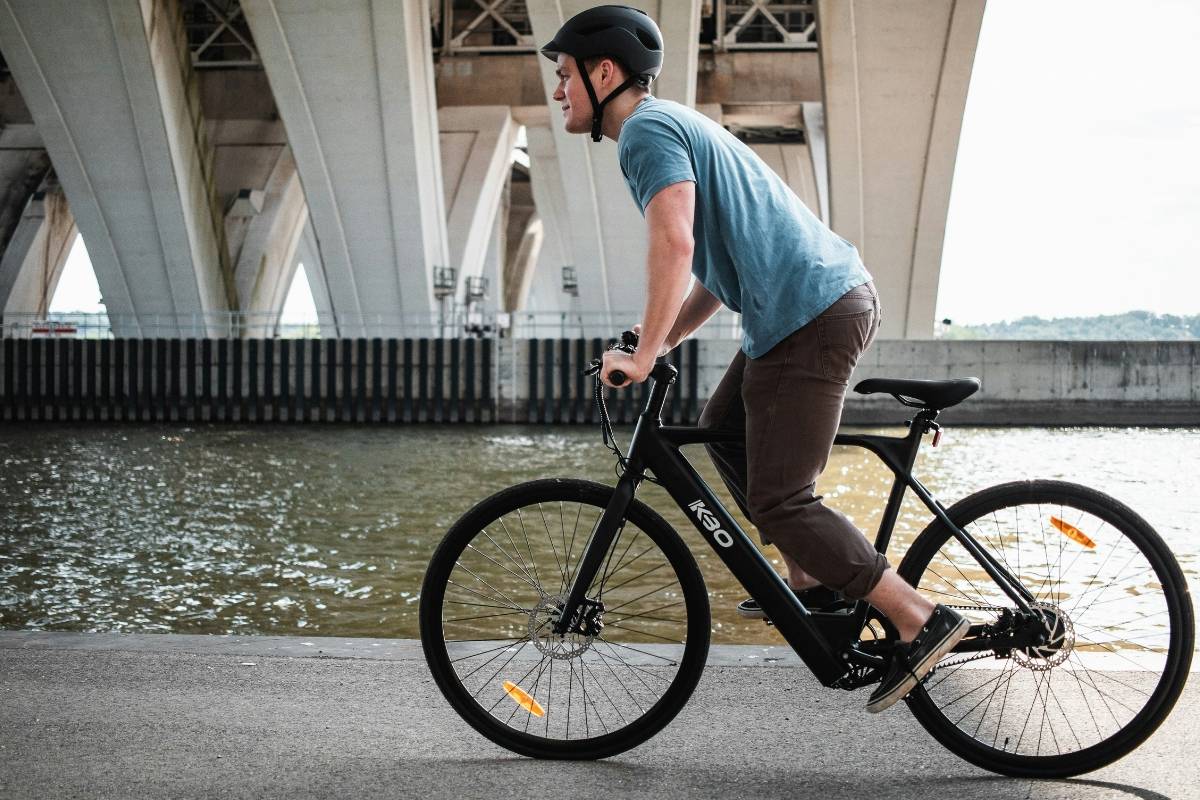
If you find yourself here, it’s probably because you’ve decided to move outside your comfort zone and explore more of the world, this time on a bicycle.
Cycling is known for giving riders freedom and offering an escape from the everyday. It’s an affordable mode of transport and offers several mental and physical health benefits.
But like everything else, you’ve got to start somewhere, and there might be a few questions lingering in your mind that you are too scared to ask out loud.
We look at five of the most common questions cycling newbies might have and answer them all in one place. Remember, there’s no judging here and no such thing as a dumb question.
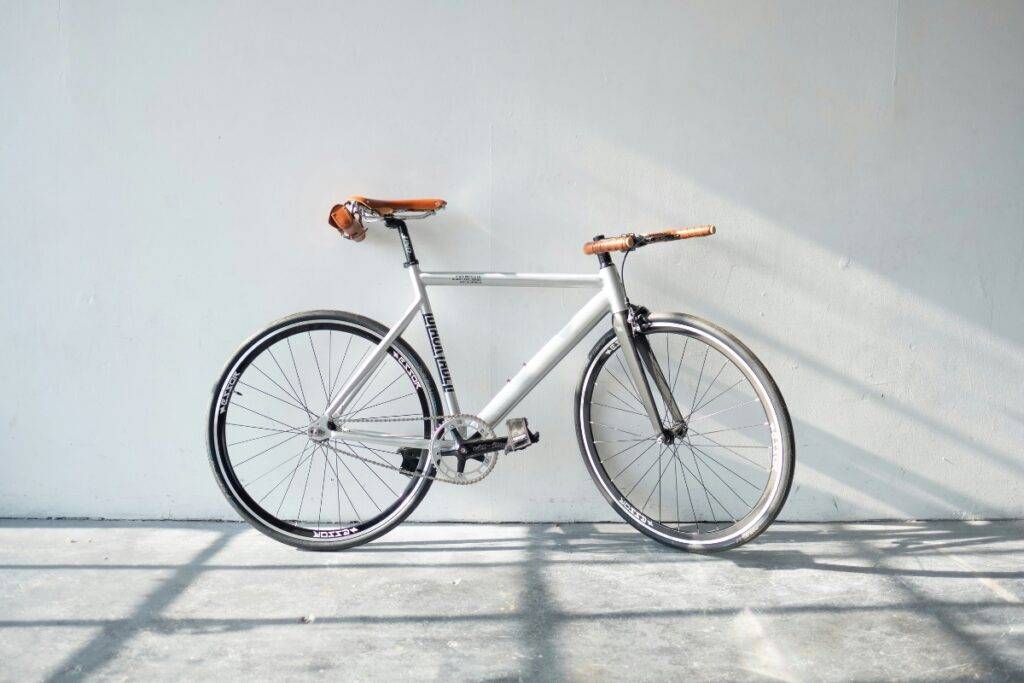
1. What Type of Bicycle Should I Get?
This is a great place to start. Selecting the correct bicycle from the start can save you money, time, and frustration later in the game.
The type of bicycle you select will also depend on what you want to use the bike for. Is it for daily commuting, road cycling, mountain biking, touring, or casually riding around town? Each bicycle is designed for a specific purpose.
Your available budget is another critical factor in selecting the right bicycle for you. An electric bicycle might be slightly more expensive, but worth the investment if it fits your budget.
If only there were a quick quiz you could take to help you answer the question of which bicycle you should get. Well, today is your lucky day. Discerning Cyclist has designed a quick and easy test to help you find the right type of bicycle in seconds.
Take our quiz here to find out which bike is best for you, or try this quiz if you’re looking to find the perfect electric bike for yourself.
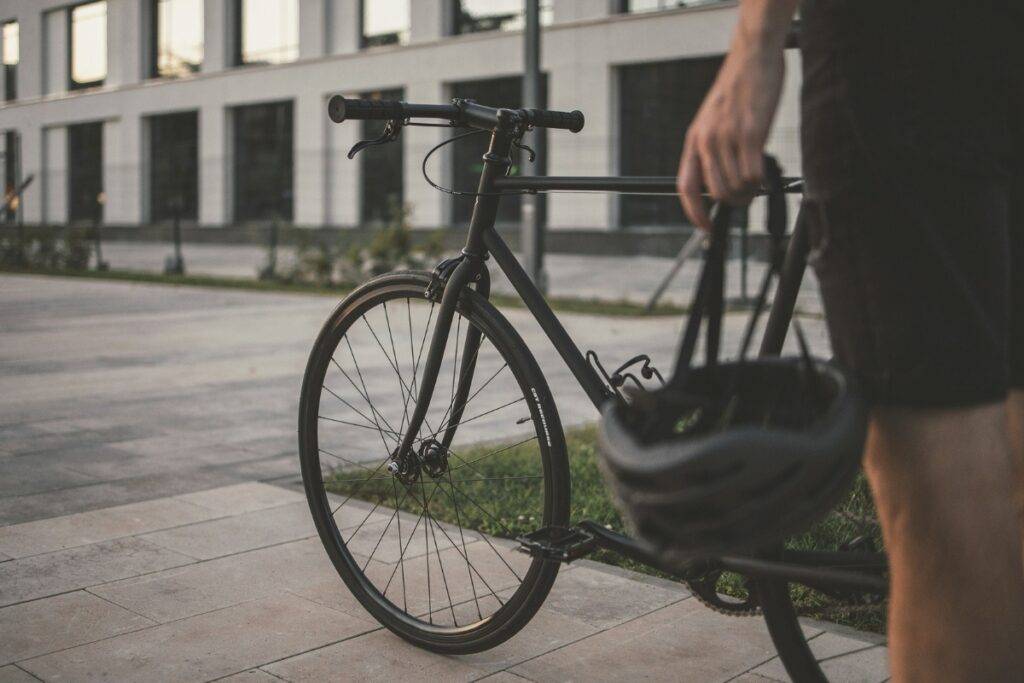
2. How Do I Know What Size Bike I Need?
Finding the right bike size ensures your cycling experience is comfortable and efficient.
Here’s the scoop: Bike sizes are typically measured by the frame, which is the part of the bike that extends from the seat to the pedals. The right size for you depends mainly on your height and your inseam length (the distance from your crotch to the ground).
As a general rule, when standing over the frame of a road bike, you should have about an inch of space between your body and the top tube. For a mountain bike, that space increases to about two inches due to the varied terrain you’ll be tackling.
But there’s no need to guess. Most bike shops will have size charts you can check or knowledgeable staff to help you find that perfect fit.
Remember that it is not just about the numbers. How you feel on the bike is the most important part. Take the bike for a test ride if it’s possible.
Try this easy bicycle-size height guide to get you started.
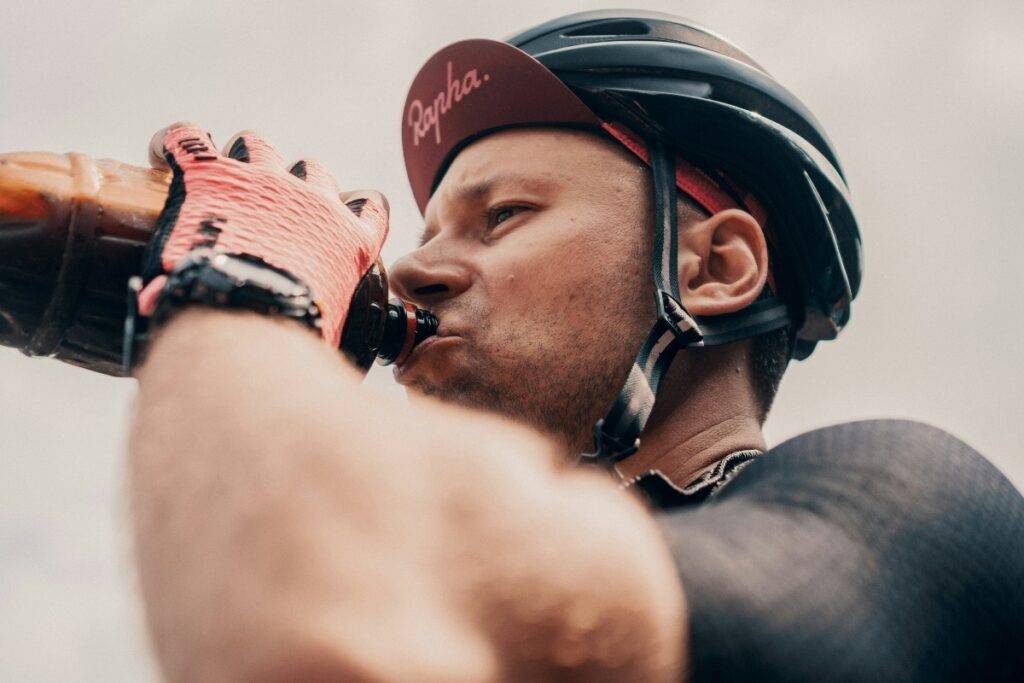
3. What Gear Do I Need to Start Cycling?
Kicking off your cycling adventure means having the essentials to make your rides safe and enjoyable. Don’t worry; you don’t have to break the bank right away; start with the basics and add on as you go.
Safety is key, so a well-fitted helmet should be at the top of your list. It’s your best defense should things go sideways, and it’s also the law in many places.
For clothing, comfort is king. Padded shorts will help you avoid discomfort, and any moisture-wicking top will help keep the sweat at bay. If you’re riding your bike regularly, it’s worth investing in these pieces.
A pair of gloves can prevent blisters and protect your hands, while a sturdy pair of shoes will keep your feet happy pedal after pedal. You can start with your regular trainers before considering specialized cycling shoes.
Now, let’s talk visibility and security. Lights are non-negotiable if your rides might find you out at dusk or dawn. A white light for the front and a red one for the back will ensure others see you. And when you need to leave your bike somewhere, a reliable lock will keep it secure until you’re back. (Two locks are even better.)
For those just-in-case scenarios, a basic repair kit is your safety net. Pack a spare tube, tire levers, a mini pump, and a multi-tool. With these, you can handle most minor issues.
Lastly, keep a water bottle within arm’s reach to stay hydrated, and consider a saddlebag or small backpack for your repair kit and any extra layers or snacks.
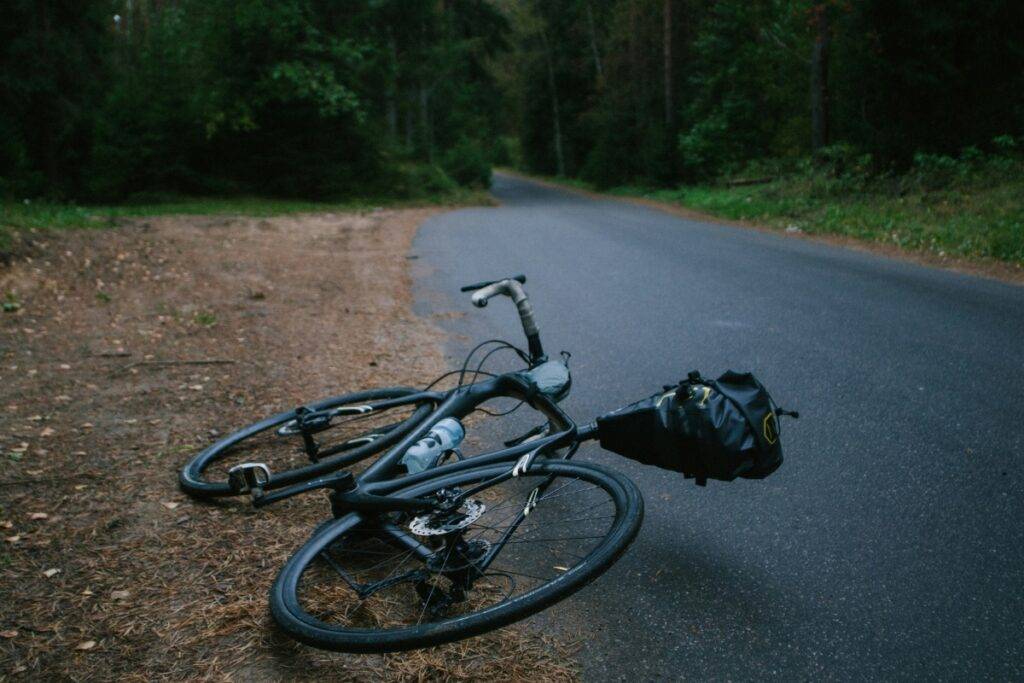
4. How Do I Maintain My Bicycle?
Imagine yourself as the trusted friend your bike needs, offering a little bit of time and care to keep it rolling smoothly.
Start with a simple wash. A dash of soap, a sponge, and a gentle hand can go a long way in keeping your bike looking fresh. Don’t forget to treat the chain and gears to a good degrease. They do a lot of hard work, and a clean chain will reward you with silent and smooth pedaling.
Think of air in the tires like breath in your lungs – essential. Check your tire pressure against the recommendation on the tire sidewall, and use a floor pump to keep them firm. This will make your ride easier and protect you against the dreaded flat.
Your bike’s chain loves a little lubricant; it’s the secret to a quiet and efficient ride. Apply a drop to each link, cycle through the gears, and then wipe away the excess. This keeps the grime away and the good times rolling.
Brakes are your trusty guardians. Listen for squeaks and watch for uneven wear. If your brake levers feel loose or you’re not stopping as quickly as you used to, it’s probably time for an adjustment or new brake pads.
Now and then, give your bike a gentle wiggle and a shake. Bolts can loosen, but a simple turn of a wrench can secure them back into place. Keep a multi-tool handy for these quick checks and tightenings.
If your gears are complaining with jerks and misses, it’s time to fine-tune your buke. It can be a bit complex, so if you’re unsure, your local bike shop is like a tuning maestro for your mechanical orchestra.
Lastly, store your bicycle in a dry spot to prevent rust and damage. If you’re short on space, think vertically with wall mounts or ceiling hooks. They’re not just practical; they turn your bike into a piece of art in your living space.
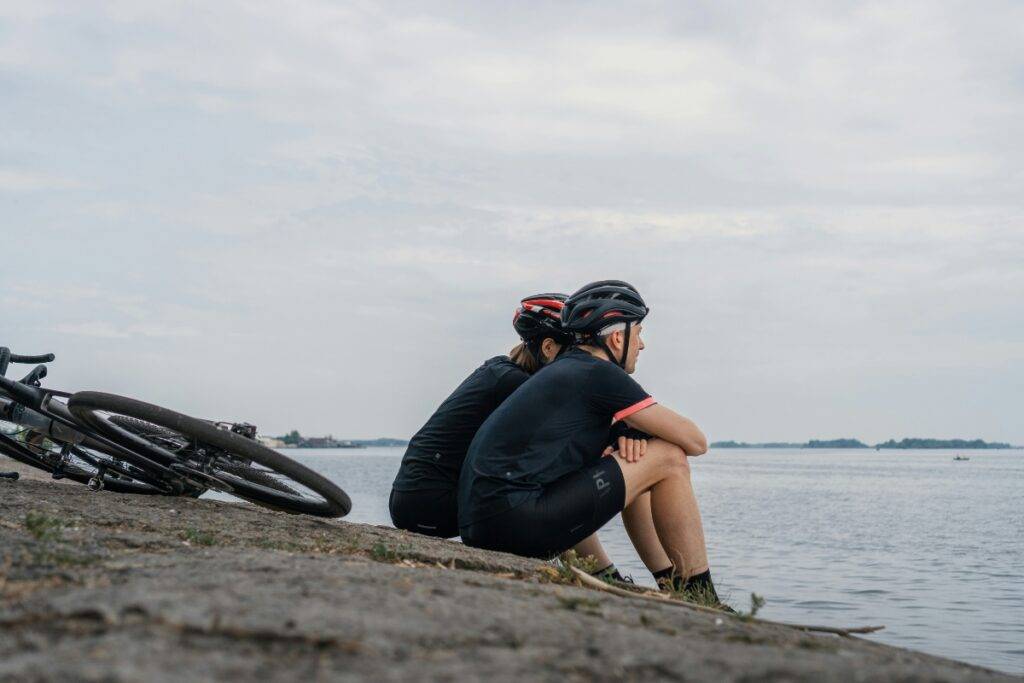
5. How Can I Improve My Cycling Skills?
See cycling as a journey rather than a sprint. You’ll continuously learn, and every ride can teach you something new.
Starting off, the best thing you can do is simply to ride more. The old saying ‘practice makes perfect’ really is true when it comes to cycling. Each time you hop on your bike, you’re giving yourself a chance to get to know it a little better – how it handles a corner and responds to your speed. This familiarity will naturally improve your confidence and ability.
Vary your routes as well. Don’t just stick to what you know. By challenging yourself with hills, different road surfaces, and changing environments, you’re teaching your body and mind to adapt. This doesn’t mean you must tackle a mountain on your first go but don’t shy away from that small hill on your way home.
Now, let’s not forget about technique. Are you using your gears efficiently? Are you positioning yourself on the bike in a comfortable and sustainable way for longer rides? Maybe consider a session or two with a cycling coach or watch online tutorials. Sometimes, small tweaks in your posture or pedaling can make a big difference.
Riding with others can also boost your skills. Find a local cycling group or a buddy who’s been riding for a while. Plus, it’s just nice to have someone to chat with while you ride.
Lastly, don’t underestimate the power of rest and recovery. Giving your body the time to recuperate after a long ride is just as important as the training itself. It allows your muscles to rebuild and strengthen, making you more capable with each outing.
Remember, improving at cycling is not a race – unless you want it to be, of course.
Most importantly? Enjoy the ride, and welcome to the club.
Share the  Love
Love
The post Your Cycling Starter Kit: 5 Common Beginner Questions Answered appeared first on Discerning Cyclist.
